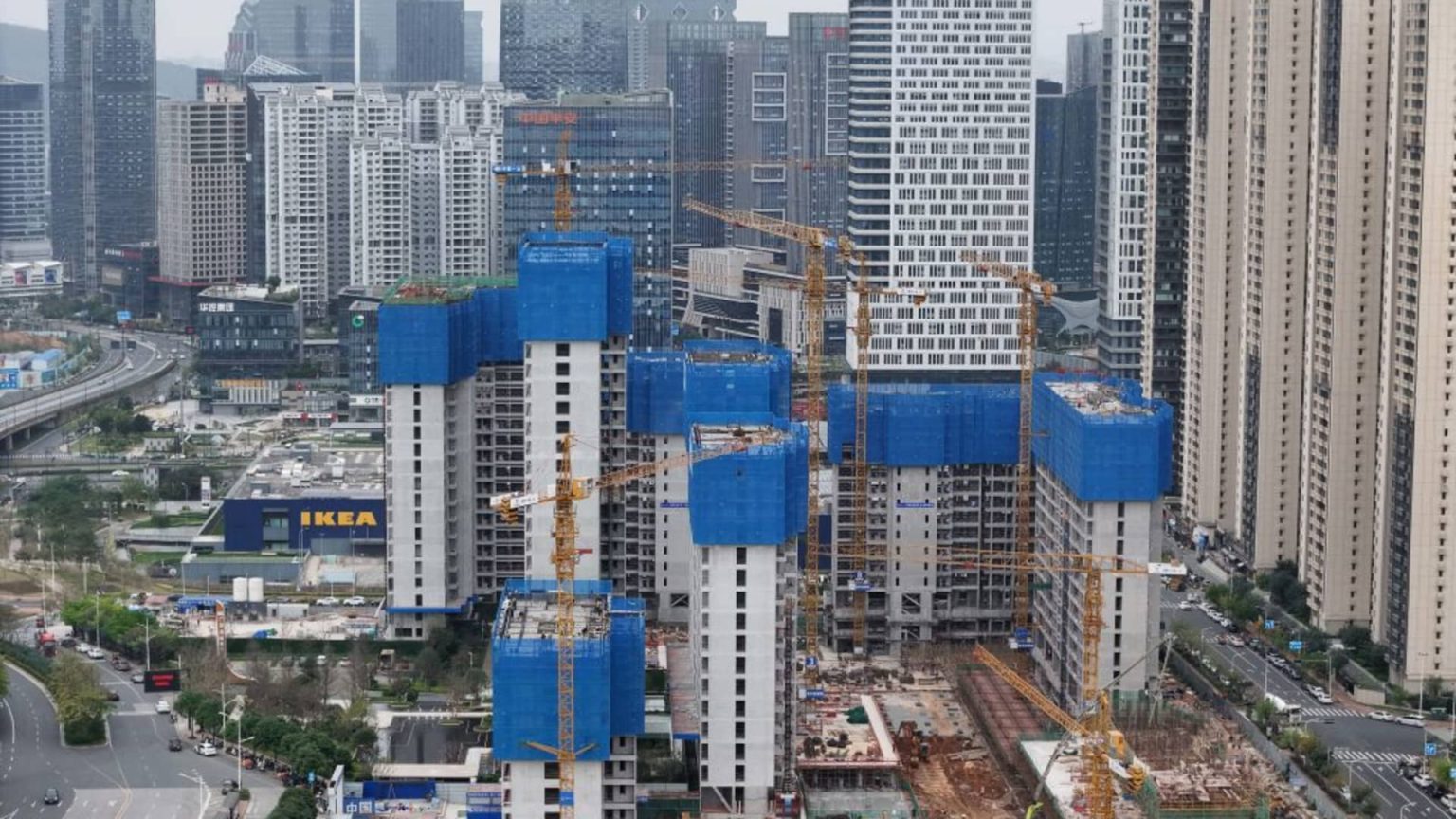China’s fiscal stimulus is being perceived as losing its effectiveness and is instead seen as a strategy to buy time for industrial and consumption policies, according to S&P Global Ratings senior analyst Yunbang Xu. The analysis used growth in government spending to measure fiscal stimulus and Xu stated that while the strategy could have some long-term benefits if focused on reviving consumption or industrial upgrades, high debt levels limit how much local governments can undertake in terms of fiscal stimulus. Public debt as a share of GDP varies significantly between high and low-income cities, with some cities facing constraints due to their debt levels.
Despite ambitious goals set by China for GDP growth this year, many analysts have doubts about the effectiveness of the announced stimulus. The head of the top economic planning agency in China has emphasized the need to strengthen macroeconomic policies and coordinate fiscal, monetary, employment, industrial, and regional policies. The report from S&P suggests that due to fiscal constraints and diminishing effectiveness of fiscal stimulus, local governments are likely to focus on reducing red tape and improving business environments to support long-term growth and living standards. Investment has been less effective amidst a significant slowdown in the property sector.
While fixed asset investment has picked up pace in manufacturing, investment in infrastructure has slowed its growth and investment in real estate has dropped further. The Chinese government has introduced plans to bolster domestic demand through subsidies and incentives for equipment upgrades and consumer product trade-ins, with aims to create over 5 trillion yuan in annual spending on equipment. Local governments are expected to receive strong support from the central government in implementing these upgrades. S&P’s analysis found that fiscal stimulus from local governments has been more effective in richer cities, which are less vulnerable to declines in property markets and have stronger industrial bases.
The report also emphasizes the importance of higher-tech sectors in driving China’s industrial upgrade and anchoring long-term economic growth. However, overcapacity in some sectors could lead to price pain in the near term. The analysis highlights the role of industry, consumption, and investment as key growth drivers going forward. Xu notes that higher-income cities have an advantage due to their strong industrial bases and resilient consumption levels, positioning them ahead in terms of fiscal stimulus effectiveness. Overall, the report suggests that China’s fiscal stimulus may need to adapt to focus more on policies that support long-term growth and living standards rather than relying solely on government spending to drive economic growth.


